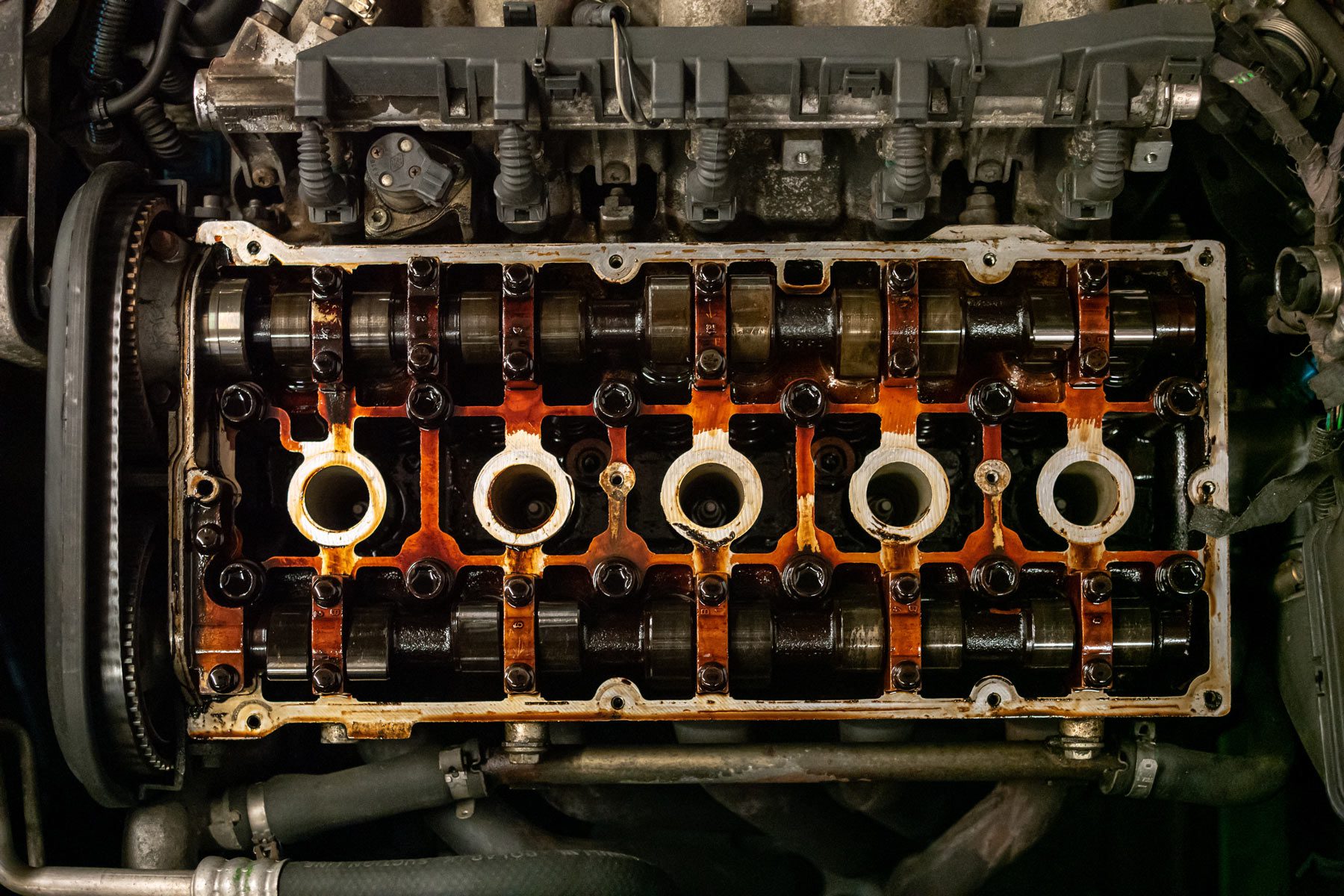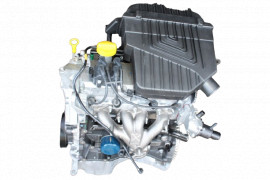Affordable Opel Corsa Engine Options for Your Spending plan
Exploring the Inner Operation of a Compact Vehicle's Engine System
As vehicle drivers, we usually consider granted the detailed processes that occur within the boundaries of our automobile's engine system. The compact yet complicated machinery that propels us onward is a marvel of engineering precision and coordination. From the controlled surges in the combustion chamber to the careful timing of gas injection, every component plays a vital duty in the smooth operation of the engine. In this exploration of a compact automobile's engine system, we will unravel the internal workings of this mechanical symphony, clarifying the enigmas that drive us forward on our day-to-day trips.
Combustion Refine Summary
The combustion process in a portable automobile's engine system is a vital device that efficiently converts fuel into energy to power the car. This process happens within the burning chamber of the engine, where gas and air mix, ignite, and create controlled surges. The combustion process includes four major stages: intake, exhaust, compression, and power.
During the intake stage, the piston moves downward, pulling in a combination of air and fuel right into the burning chamber. The next phase, compression, includes the piston relocating upward, pressing the air-fuel mix to enhance its effectiveness. Subsequently, in the power phase, the ignition system sparks the pressed combination, causing a fast growth of gases that compels the piston back down. This downward activity produces the power required to drive the lorry. In the exhaust phase, the burnt gases are removed from the burning chamber with the exhaust shutoff, preparing the chamber for the next cycle. This cyclic combustion process is essential to the operation of a portable car's engine system, ensuring reliable energy conversion for propulsion.
Piston and Cylinder Communication

The piston's exact fit within the cyndrical tube is necessary for maintaining optimal compression and protecting against energy loss during burning. Tight clearances between the piston and cyndrical tube walls make sure efficient sealing, allowing the piston to move smoothly without allowing gases to leak past. Appropriate lubrication is additionally crucial to minimize rubbing and put on between these parts, improving durability and efficiency.
Furthermore, the design and materials made use of in producing the piston and cylinder impact engine performance and durability. Modern engines frequently utilize light-weight yet sturdy materials like light weight aluminum alloys for pistons and cylinder linings to minimize inertia and boost thermal effectiveness. In general, the harmonious interaction in between the piston and cyndrical tube is essential to the engine's capability and total performance.
Gas Injection System Functionality
Fuel injection systems in compact vehicle engines play a critical function in specifically providing fuel to the combustion chamber for controlled and effective ignition. The fuel injection system functions by infusing gas right into the combustion chamber at the ideal minute throughout the engine's procedure (opel corsa engine). This accurate timing makes certain that the fuel mixes evenly with the air for appropriate burning, bring about boosted fuel effectiveness and minimized emissions
There are mostly 2 kinds of gas shot systems used in small lorry engines: port fuel shot (PFI) and straight gas shot (DFI) PFI systems inject fuel right into the consumption port before the intake shutoff, while DFI systems infuse gas straight into the burning chamber. Both systems have their advantages, Visit Your URL with DFI supplying much better gas atomization and PFI supplying a much more affordable service.
Recognizing Engine Air Conditioning Systems
Efficient operation of a small car's engine depends hop over to here heavily on the efficiency of its cooling devices. The cooling system in a portable lorry typically is composed of several parts functioning with each other to manage the engine temperature. Understanding these engine air conditioning devices is vital for preserving the performance and longevity of a compact lorry's engine system.

Exhaust System Components Explained
The optimal performance of a compact vehicle's engine cooling mechanisms relies on a corresponding system called the exhaust system, which comprises various essential components for guaranteeing reliable exhausts and engine efficiency. The exhaust system includes elements such as the exhaust manifold, catalytic converter, muffler, and tailpipe. The exhaust manifold accumulates exhaust gases from the engine's cyndrical tubes and routes them to the catalytic converter. The catalytic converter after that converts harmful toxins in the exhaust right into less damaging discharges prior to launching them with the muffler and tailpipe.
One critical element of the exhaust system is the oxygen sensing unit, which keeps an eye on the oxygen degrees in the exhaust gases to help control gas consumption and make sure optimum engine performance. opel corsa engine. Furthermore, the resonator might exist in some exhaust systems to minimize sound levels. Generally, the exhaust system plays an essential duty in preserving engine efficiency, lowering hazardous discharges, and making sure a quieter driving experience for small lorry owners

Final Thought
Finally, the portable car's engine system is a complex combination of elements that interact to look what i found assist in the combustion process, convert gas into power, and get rid of waste gases. Recognizing the internal functions of the engine system, including the piston and cylinder interaction, fuel injection system, engine air conditioning mechanisms, and exhaust system elements, is important for keeping optimal efficiency and efficiency of the car.
The combustion procedure in a portable car's engine system is a critical system that successfully transforms gas right into energy to power the vehicle.Fuel injection systems in small automobile engines play an essential role in specifically delivering gas to the burning chamber for controlled and reliable ignition.There are primarily two types of gas shot systems used in compact car engines: port fuel injection (PFI) and direct fuel injection (DFI) Understanding these engine air conditioning devices is important for preserving the efficiency and long life of a portable vehicle's engine system.
The ideal performance of a small lorry's engine air conditioning mechanisms depends on a complementary system known as the exhaust system, which consists of different necessary elements for ensuring efficient emissions and engine performance.